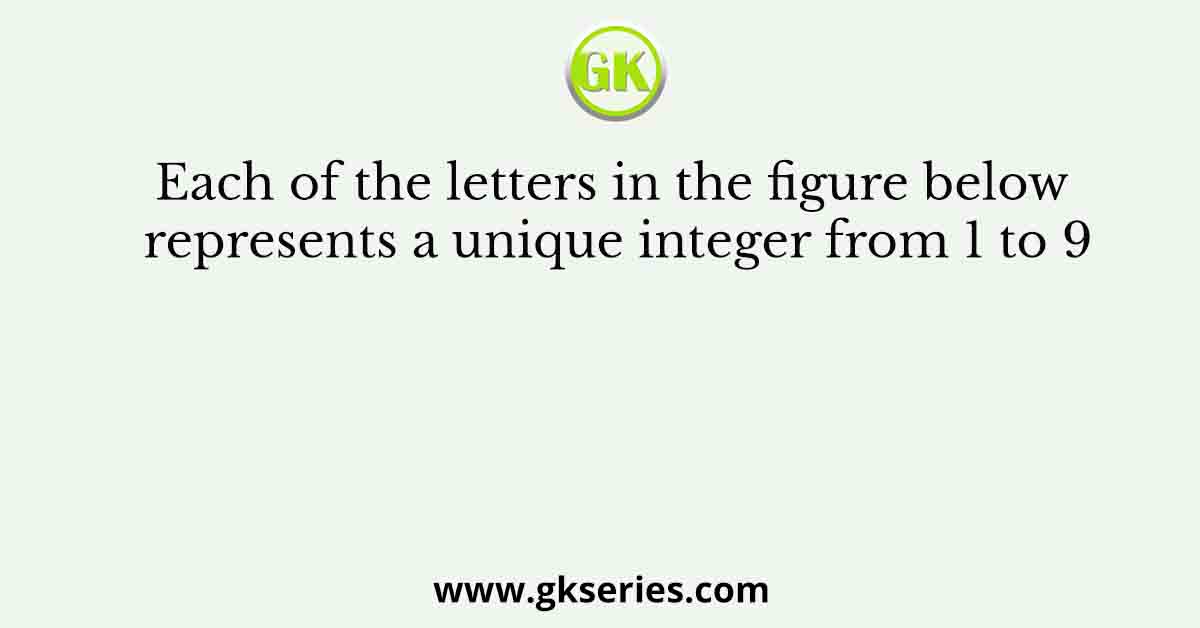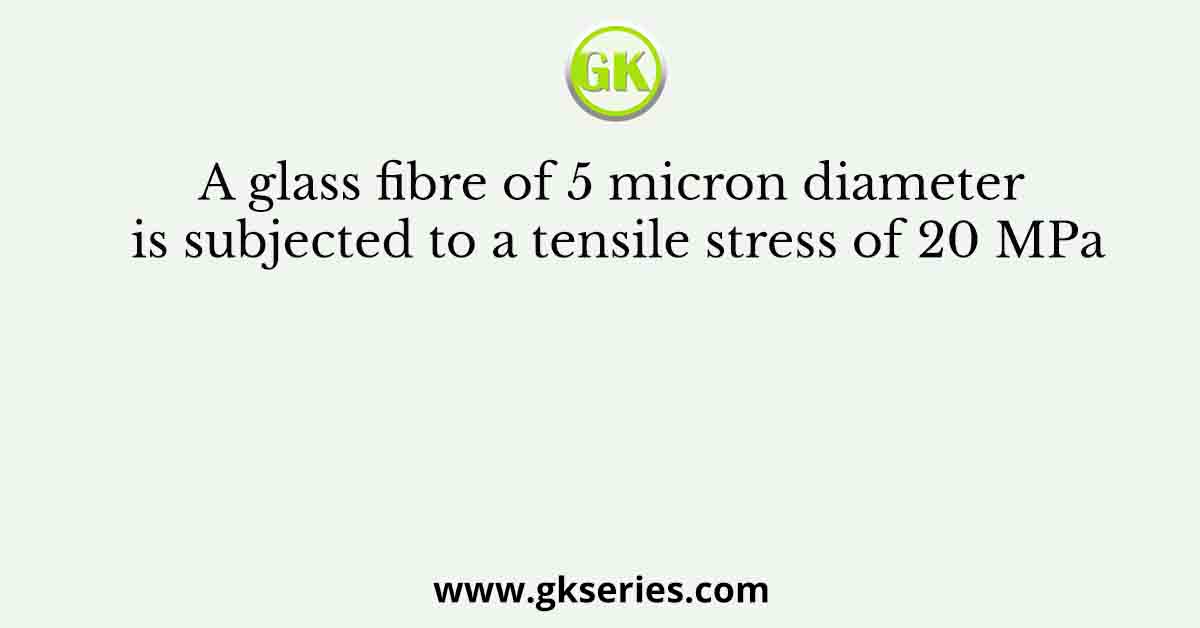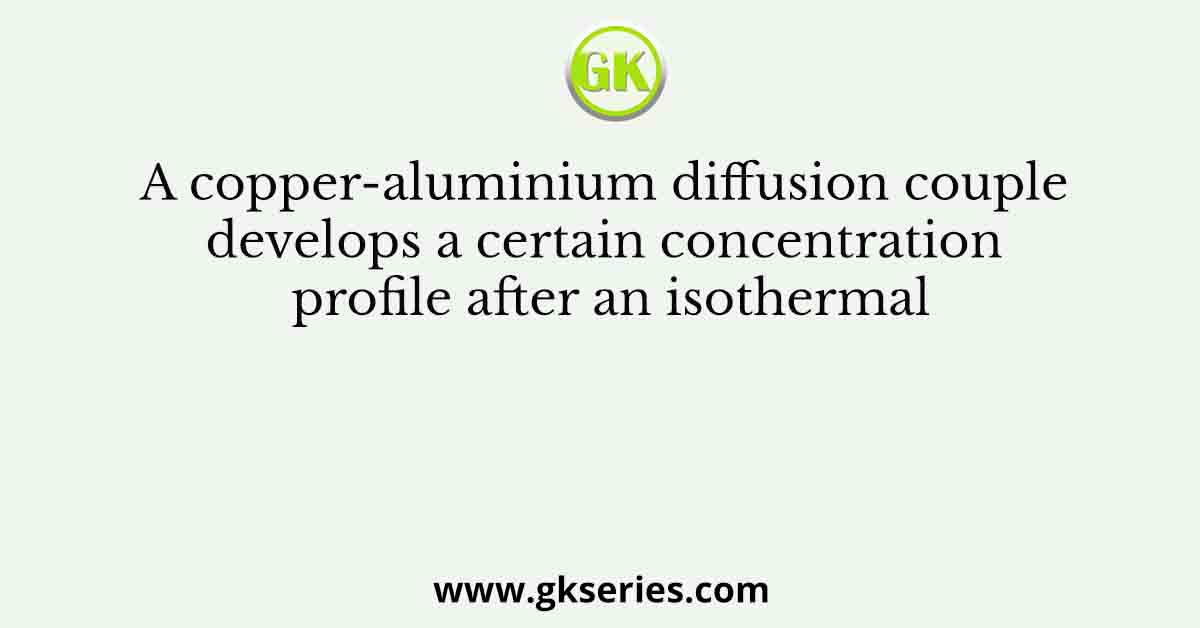
Q. Each of the letters in the figure below represents a unique integer from 1 to 9. The letters are positioned in the figure such that each of (A+B+C), (C+D+E), (E+F+G) and (G+H+K) is equal to 13. Which integer does E represent?
| A | B | C | ||
| D | ||||
| E | F | G | ||
| H | ||||
| K | ||||
(A) 1 (B) 4 (C) 6 (D) 7
Ans: 4
Sol:
(A + B + C) + (C + D + E) + (E + F + G) + (G + H + K) = A + B + 2C + D + 2E + F + 2G + H + K = 13 + 13 + 13 + 13 = 52 ……(i)
2. A + B + C + D + E + F + G + H = 1 + 2 + 3 + 4 + 5 + 6 + 7 + 8 + 9 = 45 ……(ii)
Subtracting (ii) from (i) we get, C + E + G = 7
We have C + D + E = 13
(C + D + E) – (C + E + G) = 6
⇒ D – G = 6
Also, (E + F + G) – (C + E + G) = 6
⇒ F – C = 6
∴ D – G = F – C = 6
Possible values for (F, C) and (D, G) are (9, 3), (8, 2) and (7, 1).
If (F, C) = (9, 3), then E + F + G = 13 would mean either E or G must be equal to 3 (only possibility for (E, G) = (1, 3) or (3, 1)) which is not possible as C is equal to 3 for the selected set of conditions.
Similarly, (D, G) cannot be (9, 3).
Thus, the possibility of (9, 3) is ruled out.
Now, Case 1: (D, G) = (7, 1) and (F, C) = (8, 2)
Then, C + D + E = 2 + 7 + E = 13
Case 2: (F, C) = (7, 1) and (D,G) = (8, 2)
Then, C + D + E = 1 + 8 + E = 13
Both cases give us E = 4.
Hence, 4 is the correct answer.



![Determine the correctness (or otherwise) of the following Assertion [A] and the Reason [R]](https://www.gkseries.com/blog/wp-content/uploads/2023/10/Determine-the-correctness-or-otherwise-of-the-following-Assertion-A-and-the-Reason-R.jpg)
